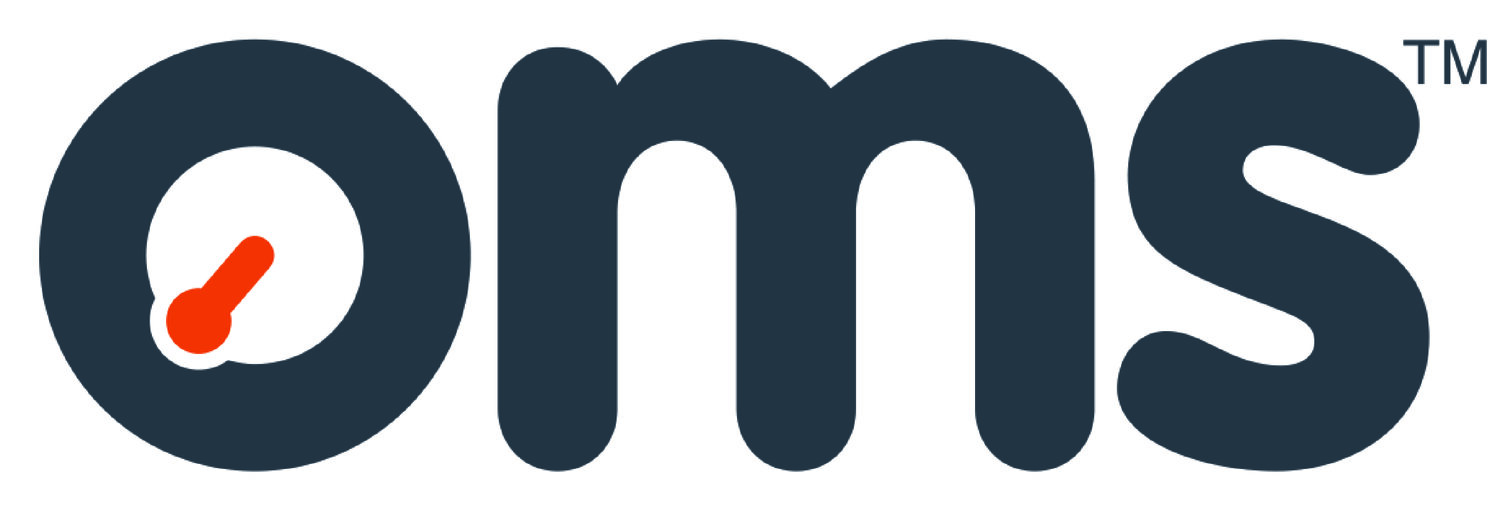Solving inspection challenges at the pipe-laying stage
Offshore pipe-laying
When new oil and gas pipelines are being laid from a laying vessel or barge, pipes are clamped together and welded, before being inspected to ensure that the weld meets project standards and is fit to be laid. It is an expensive process where every minute counts and inspection must take place efficiently so that welding and laying can proceed effectively.
Inspection challenges
Weld inspection at this stage is particularly challenging. Getting inspection equipment into place can be very difficult, because no access is available to robotic crawlers or other deployment methods, then locating the weld is demanding because pipe lengths can vary significantly.
OMS has been inspecting welds for many years, gaining experience on major energy projects across the world and solving pipeline challenges for clients such as McDermott, Saipem and Subsea7. We have recently launched our REACH range of linear actuators, which have been developed in response to our evolving knowledge of weld inspection challenges and because of our clients’ requirements.
AUGA REACH – the details
During the pipe-laying process pipes are lined up, clamped into position with an ILUC (internal line-up clamp), welded together and inspected. The AUGA REACH system attaches directly to the ILUC. Once pipes are welded it moves our inspection technology into position, where an ultra HD camera locates the weld quickly and begins to scan, using state-of-the-art laser sensors to provide a full range of information on the condition of the weld. Visual and laser data is sent back to our software interface, WeldAnalysis, which delivers a comprehensive assessment of the weld, detecting and quantifying features such as concavity, root penetration and HiLo. Inspectors can make rapid go/no go decisions, ensuring welding proceeds efficiently and pipeline integrity is ensured.
Solving pipeline challenges
Jack Parlane, OMS Chief Design Engineer, explains, “We started working on REACH as a way to solve an inherent challenge with offshore weld inspection in the firing line. Our experience tells us that one of the most difficult problems to overcome is the significant variance in pipe length, which makes locating the weld with minimal interruptions to other operations challenging. We determined 1m stroke would sufficiently account for this but we also ensured that the design is scalable to allow for other configurations in the future, most recently a shorter 300mm stroke.
“The REACH is the spiritual successor to the original AUGA, which weighed in at 300kgs and measured 4m in length. The objective with the REACH systems was to make it significantly lighter and small enough to pack into a flight case, all whilst retaining the robustness and reliability required for harsh marine environments. Its development is a result of OMS's focus on innovation and our primary motivation, which is solving pipeline challenges for our customers.”
For more information on OMS REACH contact our team here. They are always available to discuss any challenges and answer any queries.
Find this article useful? Sign up for more here!
Posted 16.08.2021
[5 minute read]
By Paul Eagle, Sales Director




